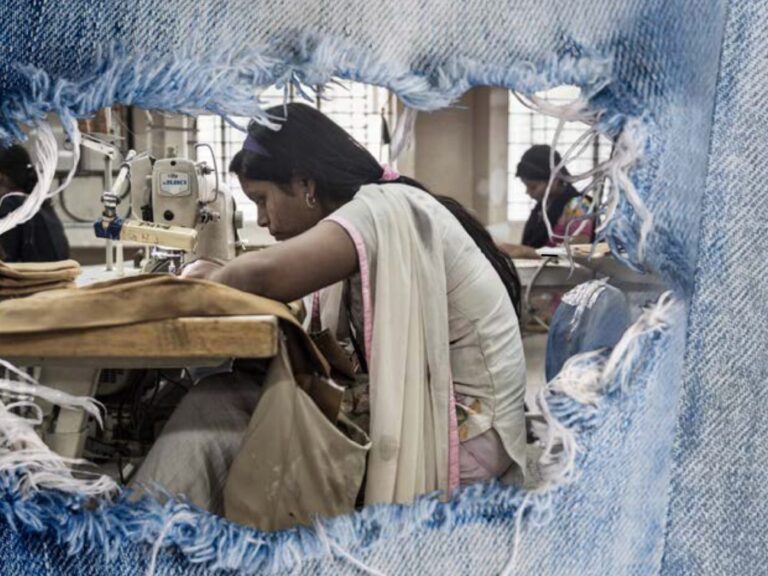
Apparel brands linked to ‘modern slavery’ conditions
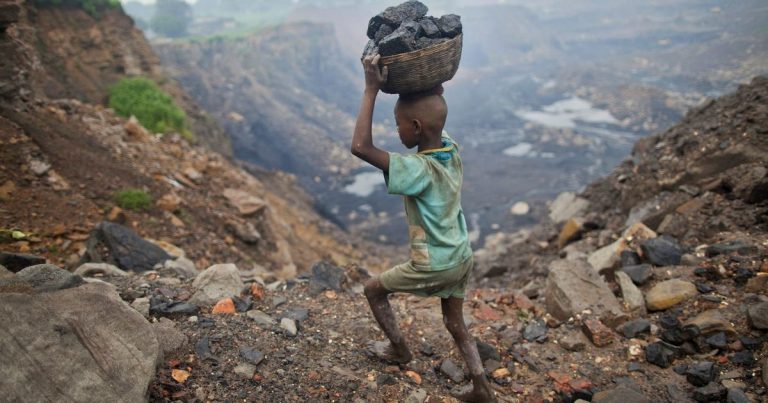
Page Description
Modern Day Slavery involves the exploitation of vulnerable individuals through forced labor and human trafficking,
highlighting a grave human rights issue.
The Dark Truth About Modern Slavery in Africa
21 sep 2024
This video examines the persistence of modern slavery in Africa. Key topics include:
1. Economic factors driving exploitation
2. Political instability and weak governance
3. The role of corruption in perpetuating slavery
4. Impact of global crises on vulnerability
As a historian specializing in geopolitics, I present a detailed analysis of the systemic issues allowing slavery to continue in the 21st century. By the end of this video, you will understand the complex factors contributing to modern slavery in Africa and the challenges in addressing this human rights crisis.
In a remote African village, a young girl dreams of a better life. Little does she know, her pursuit of opportunity will lead her into the dark world of modern slavery. This video reveals the hidden reality of exploitation in Africa, where human beings are bought and sold for as little as $90. What forces allow this practice to persist in our modern era? Join us as we uncover the truth behind this ongoing humanitarian crisis.
Modern slavery in Africa: causes, impacts, and solutions. This video analyzes the factors perpetuating exploitation in the 21st century.
Timestamps:
0:00 Introduction
2:15 Economic drivers of modern slavery
7:30 Political instability and weak governance
12:45 The role of corruption
Learn about the complex issues behind this ongoing humanitarian crisis and the challenges in combating it.
The Hidden Chains of Our Time
Slavery may seem like a thing of the past, but its cruel realities persist today in many forms. This page presents a collection of over 30 videos offering a powerful and comprehensive look into what modern-day slavery truly means. These stories shed light on forced labor, human trafficking, exploitation, and the harsh conditions faced by millions worldwide. Alongside these videos, you’ll find explanatory texts that deepen your understanding of this urgent global issue.
De Verborgen Ketenen van Onze Tijd
Slavernij lijkt misschien iets uit het verleden, maar de harde realiteit bestaat nog steeds in vele vormen. Deze pagina bevat een verzameling van meer dan 30 video’s die een krachtige en uitgebreide kijk bieden op wat moderne slavernij werkelijk inhoudt. De verhalen belichten dwangarbeid, mensenhandel, uitbuiting en de zware omstandigheden waarmee miljoenen mensen wereldwijd worden geconfronteerd. Naast deze video’s vind je uitlegteksten die je begrip van dit urgente wereldwijde probleem verder verdiepen.
Secrets of Immigrant Lives: Slavery at Sea – BBC Documentary
Modern slavery
The condition of being forced by threats or violence to work for little or no pay, and of having no power to control what work you do or where you do it:
Modern slavery includes domestic slavery, forced sex work, and forced participation in crime such as cannabis production.
Cambridge Dictionary
More examples
She appealed to the public to become more involved in fighting human trafficking and modern slavery.
Women and girls are being trapped in an illicit sex network of degradation and modern slavery.
The British Government estimates that tens of thousands of people are in modern slavery in the UK today.
Child prostitution is a very widespread form of modern slavery.
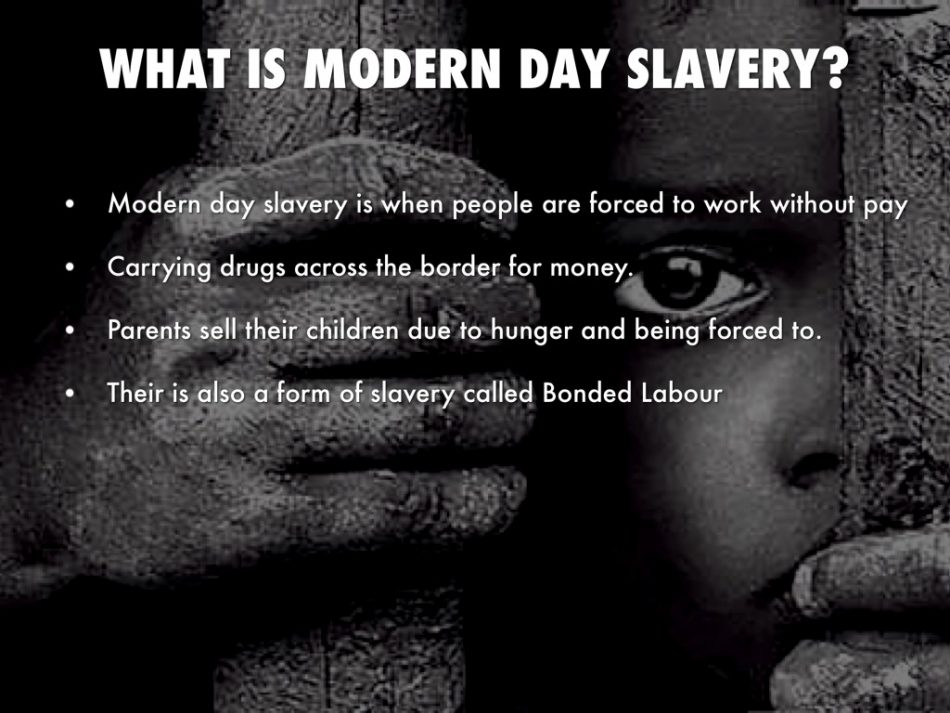
Sex for Work: The True Cost of Our Tea – BBC Africa Eye documentary
In première gegaan op 20 feb 2023
A joint investigation between BBC Africa Eye and Panorama has uncovered widespread sexual abuse on farms which supply some of the UK’s most popular tea brands including PG Tips, Lipton and Sainsbury’s Red Label. Women in Kenya say they’ve been forced into sex by their managers while working on plantations which have been owned for decades by two British companies.
***
Africa Eye brings you original, investigative journalism revealing secrets and rooting out injustice in the world’s most complex and exciting continent. Nothing stays hidden forever.
WHY SLAVERY? Maid in Hell | Full Film | Doc World
In première gegaan op 2 dec 2020 #16days
Can an employment system hide a reality of torture and humiliation?
Maid in Hell introduces us to 35 year old Mary Kibwana, who is just one of the thousands of migrant women working as a domestic helper in Jordan. Following an incident at her employer’s residence, Mary is flown back to her home in Kenya – where she arrives wheelchair-bound, with burns covering 70 percent of her body. Two months later, Mary dies as a result of her injuries. This story offers a glimpse into the commonplace reality of harassment, abuse, rape and 18-hour work days which migrant domestic workers across the Middle East face. Trapped by the Kafala system, their passports are confiscated and they are bound to their employer. Unable to flee, they risk harsh punishments or imprisonments if they try. “Maid in Hell” gives unprecedented access to this frightening and brutal form of modern slavery. Following employment agents who vividly describe the trade, as well as maids who struggle to find a way home after harrowing, and sometimes, deadly experiences, we come to understand the grotesque reality faced by thousands of women each day.
Filmmaker: Søren Klovborg
Produced by: The Why Foundation
This film is one-part of the six-part WHY SLAVERY? Series. To find out more about the other films in our series head to thewhy.dk
The key points of “Modern Day Slavery” are:
Contemporary Phenomenon: “Modern Day Slavery” refers to the existence of slavery-like practices in the present day, despite the fact that slavery has been legally abolished in many countries. It highlights the fact that forms of slavery still persist in various forms and contexts, often involving exploitation and coercion.
Exploitation: “Modern Day Slavery” typically involves the exploitation of vulnerable individuals or groups, who are subjected to forced labor, human trafficking, debt bondage, or other forms of servitude. It can occur in industries such as agriculture, construction, manufacturing, domestic work, and the sex trade, among others.
Lack of Freedom: Like historical forms of slavery, “Modern Day Slavery” involves a denial of basic human rights and freedoms. Victims often have little or no control over their working conditions, are subject to physical and emotional abuse, and are unable to leave or seek help.
Global Issue: “Modern Day Slavery” is a widespread problem that transcends national boundaries, affecting people around the world. It is estimated that millions of individuals are trapped in various forms of modern slavery, making it a global human rights issue that requires international attention and action.
Legal and Ethical Concerns: The existence of “Modern Day Slavery” raises legal and ethical concerns, as it violates fundamental human rights, labor laws, and international conventions. It underscores the need for effective legal frameworks, enforcement mechanisms, and social awareness to combat and prevent modern slavery.
Intersectionality: “Modern Day Slavery” often disproportionately affects marginalized and vulnerable groups, such as women, children, migrants, and minorities. It intersects with issues such as poverty, gender inequality, discrimination, and lack of access to education or healthcare, further exacerbating the exploitation and abuse of these individuals.
Need for Action: “Modern Day Slavery” underscores the importance of raising awareness, advocating for victims, and taking concrete actions to combat and prevent all forms of slavery. This includes supporting anti-slavery organizations, promoting responsible consumer choices, advocating for policy changes, and providing support and resources for victims of modern slavery.
Overall, “Modern Day Slavery” is a complex and pressing issue that involves the exploitation and abuse of individuals in contemporary times, and requires concerted efforts from governments, organizations, and individuals to combat and eradicate this violation of human rights.
Human trafficking – 21st century slavery: Faridoun Hemani at TEDx SugarLand
1 okt 2012
Faridoun Hemani is a broadcast journalist, and founder of independent production company Linx Productions. He has been in the television news business for 35 years, and has covered major international stories around the world — from the assassination of President Sadat in 1981 for CNN, to the civil war in Lebanon and events in India and Pakistan for ABC News, and as the Bureau Chief for Central Eastern Europe for WTN (Worldwide Television News), covered the revolutions of Central Europe, the violent breakup of Yugoslavia, and the war in Iraq and Somalia. Today, Faridoun works with organizations such as the Aga Khan Development Network (AKDN), the UN and other international organizations covering stories of a social nature in the developing world. In 2010, Faridoun co-produced a 6-part series on Human Trafficking (as part of Moonbeam-Linx), that aired on BBC World Television. The series was supported and funded by End Human Trafficking Now (EHTN), a Geneva based organization that encourages businesses to take an active role to stem this modern form of slavery.
In the spirit of ideas worth spreading, TEDx is a program of local, self-organized events that bring people together to share a TED-like experience. At a TEDx event, TEDTalks video and live speakers combine to spark deep discussion and connection in a small group. These local, self-organized events are branded TEDx, where x = independently organized TED event. The TED Conference provides general guidance for the TEDx program, but individual TEDx events are self-organized.* (*Subject to certain rules and regulations)
‘I had to pay the money back by having sex’ | DW News
21 apr. 2016
1 Obama On “Modern Slavery”
2 Lisa Kristine: Photos that bear witness to modern slavery
28 sep. 2012
3 Slaves in Italy? | DW Documentary
9 jul. 2019
4 Empire Files: Buying a Slave – The Hidden World of US/Philippines Trafficking
11 jan. 2016
5 
10 sep. 2014
6 – 10 Countries Most Afflicted By Modern Slavery
3 aug. 2017
Script:
Slavery used to look like this, then it evolved into this, and today it looks like this.
In fact, there are an estimated 45.8 million people living in modern slavery across 167 different countries. They fall into three general categories: children held in the commercial sex trade; adults held in the commercial sex trade; and any other laborer made to work through force, fraud, or coercion.
The trafficking victim often looks like anybody else at work in a mine, on a farm, in a factory. Many are lured by promises of a steady job in another country, only to have their passports confiscated when they arrive. However, many slaves work in their native countries or even the cities where they were born.
According to The Global Slavery Index, these ten countries are home to the most modern slaves. They each suffer from income inequality, discrimination and classism, and entrenched corruption.
Number ten, Indonesia, produces about 35% of the world’s palm oil. The many small palm plantations present an immense challenge to inspectors trying to crack down on child labor. The country’s many islands are also home to tens of thousands of enslaved fisherman trafficked from Myanmar, Laos, Thailand, and Cambodia.
Number nine is the Democratic Republic of Congo. 20,000 of the DRC’s more than 870,000 slaves live in one of the most hellish landscapes on the planet, a vast ore mine in the east of the country.
The terrorist group Boko Haram gets overshadowed by ISIS, although it kills more people. When it comes to enslavement, one of its tactics is to give Nigerian entrepreneurs loans and then force them to join their group if they fail to repay fast enough.
Seventh is Russia. 55% of the slaves there work in construction. Foreigners are lured mainly from nearby Azerbaijan, the “stans,” Ukraine, and North Korea—thanks to this border on the far eastern edge of Russia.
The North Korean government is the world’s largest single slaveholder. Not only does it force more than one million of its people to toil in labor camps and other similarly hopeless situations, but it actually loans out some people to work in neighboring China and Russia, then pockets most of their wages. This exploitation generates about $2.3B each year for the Kim Jong-un regime.
The fifth most enslaved country, Uzbekistan, is the world’s sixth largest producer of cotton. It has benefited from forced labor, as the government puts more than 1 million people to work using threats of debt bondage, heavy fines, asset confiscation, and police intimidation.
Slave recruiters in Bangladesh promise poor families that their boys will be given a job, only to be enslaved on a faraway island and beaten to clean fish for up to 24 hours straight. Often, these fish are exported as cat food for our pets. Sometimes, the boys meet a gruesome death when they are eaten by tigers while searching for firewood.
Third is Pakistan, which has suffered through decades of conflict, terrorism, and displacement—especially along its northwestern border with Afghanistan. Its provinces have not raised the minimum age of marriage, which has allowed the widespread problem of forced and child weddings to continue.
Over 250 million Chinese have migrated within the country to find better opportunities, creating the ideal conditions for human trafficking. Each year, 58 million children are ‘left behind’ as their parents search of work in the China’s many booming cities. Every year, up to 70,000 children fall into forced begging, illegal adoption, and sex slavery.
And number one is India, which has – by far – the most victims of modern slavery. While economic growth has greatly reduced the percentage of its citizens living in poverty, the country’s sheer size still results in more than 270 million Indians living on less than $2/day. It’s unsurprising that inter-generational bonded labor, forced child labor, commercial sexual exploitation, forced begging, forced recruitment into nonstate armed groups, and forced marriage all exist in India. The government has already created many of the laws necessary to fight the epidemic, but the challenge is enforcing those laws and tracking improvements and areas of continued need.Script:
Slavery used to look like this, then it evolved into this, and today it looks like this.
In fact, there are an estimated 45.8 million people living in modern slavery across 167 different countries. They fall into three general categories: children held in the commercial sex trade; adults held in the commercial sex trade; and any other laborer made to work through force, fraud, or coercion.
The trafficking victim often looks like anybody else at work in a mine, on a farm, in a factory. Many are lured by promises of a steady job in another country, only to have their passports confiscated when they arrive. However, many slaves work in their native countries or even the cities where they were born.
According to The Global Slavery Index, these ten countries are home to the most modern slaves. They each suffer from income inequality, discrimination and classism, and entrenched corruption.
Number ten, Indonesia, produces about 35% of the world’s palm oil. The many small palm plantations present an immense challenge to inspectors trying to crack down on child labor. The country’s many islands are also home to tens of thousands of enslaved fisherman trafficked from Myanmar, Laos, Thailand, and Cambodia.
Number nine is the Democratic Republic of Congo. 20,000 of the DRC’s more than 870,000 slaves live in one of the most hellish landscapes on the planet, a vast ore mine in the east of the country.
The terrorist group Boko Haram gets overshadowed by ISIS, although it kills more people. When it comes to enslavement, one of its tactics is to give Nigerian entrepreneurs loans and then force them to join their group if they fail to repay fast enough.
Seventh is Russia. 55% of the slaves there work in construction. Foreigners are lured mainly from nearby Azerbaijan, the “stans,” Ukraine, and North Korea—thanks to this border on the far eastern edge of Russia.
The North Korean government is the world’s largest single slaveholder. Not only does it force more than one million of its people to toil in labor camps and other similarly hopeless situations, but it actually loans out some people to work in neighboring China and Russia, then pockets most of their wages. This exploitation generates about $2.3B each year for the Kim Jong-un regime.
The fifth most enslaved country, Uzbekistan, is the world’s sixth largest producer of cotton. It has benefited from forced labor, as the government puts more than 1 million people to work using threats of debt bondage, heavy fines, asset confiscation, and police intimidation.
Slave recruiters in Bangladesh promise poor families that their boys will be given a job, only to be enslaved on a faraway island and beaten to clean fish for up to 24 hours straight. Often, these fish are exported as cat food for our pets. Sometimes, the boys meet a gruesome death when they are eaten by tigers while searching for firewood.
Third is Pakistan, which has suffered through decades of conflict, terrorism, and displacement—especially along its northwestern border with Afghanistan. Its provinces have not raised the minimum age of marriage, which has allowed the widespread problem of forced and child weddings to continue.
Over 250 million Chinese have migrated within the country to find better opportunities, creating the ideal conditions for human trafficking. Each year, 58 million children are ‘left behind’ as their parents search of work in the China’s many booming cities. Every year, up to 70,000 children fall into forced begging, illegal adoption, and sex slavery.
And number one is India, which has – by far – the most victims of modern slavery. While economic growth has greatly reduced the percentage of its citizens living in poverty, the country’s sheer size still results in more than 270 million Indians living on less than $2/day. It’s unsurprising that inter-generational bonded labor, forced child labor, commercial sexual exploitation, forced begging, forced recruitment into nonstate armed groups, and forced marriage all exist in India. The government has already created many of the laws necessary to fight the epidemic, but the challenge is enforcing those laws and tracking improvements and areas of continued need.
IMPORTANT CONTENT
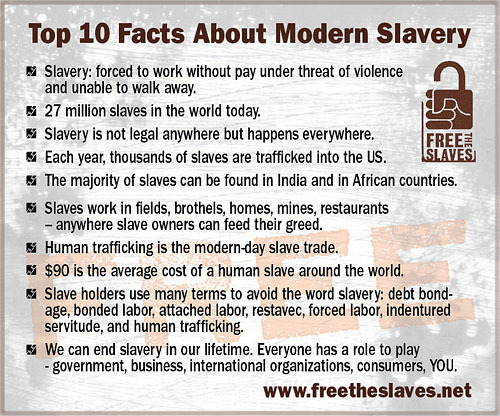
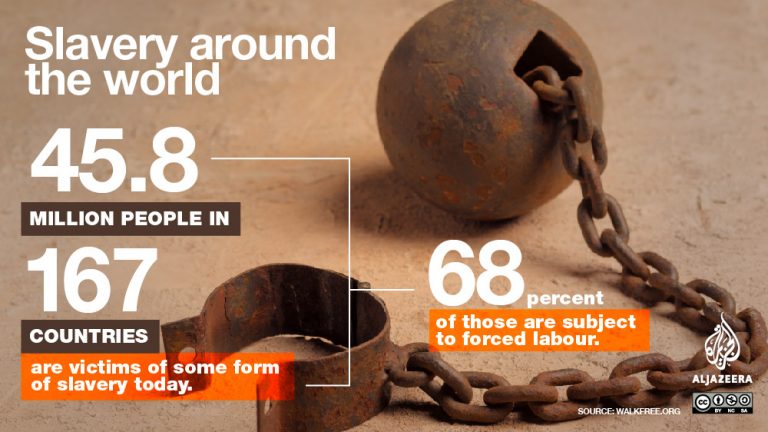
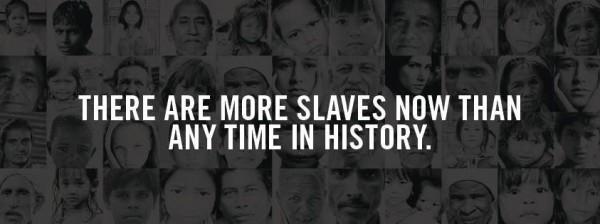
7 Modern Day Slaves – Niger
28 jan. 2008
8 Charcoal slaves – Slavery: A 21st Century Evil
8 nov. 2011
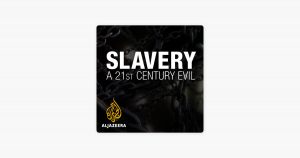
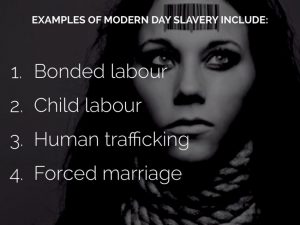
9 Slavery: A 21st Century Evil – Food Chain Slaves
12 okt. 2011
10 Slavery: A 21st Century Evil – Prison slaves
22 nov. 2011
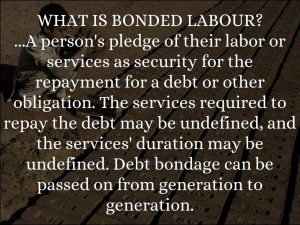
Wat is slavenarbeid? …Het in onderpand geven van arbeid of diensten door een persoon als zekerheid voor de terugbetaling van een schuld of een andere verplichting. De diensten die nodig zijn om de schuld terug te betalen, kunnen onbepaald zijn, en de duur van de diensten kan onbepaald zijn. Schuldslavernij kan van generatie op generatie worden doorgegeven.
11 – A 21st Century Evil – Sex slaves
19 okt. 2011
12 – A 21st Century Evil – Bonded Slaves
14 dec. 2011
13 Poverty in Haiti spawns child slavery 13 October 2008
13 okt. 2008
14 Italy’s Sikh Slaves | People and Power
20 aug. 2020
The vast agricultural plains of the Agro-Pontino in central Italy is now one of the country’s main areas of food production.
Yet it was not always the case.
This 100 mile-long stretch of land facing the Tyrrhenian Sea was marshland until a century ago when fascist dictator Benito Mussolini organised a mass migration from northern Italy to drain the swamps and turn them into fertile farmland.
But many of those who live today are not Italian, they are Indian – at least 11,000 of them, and possibly up to four times more.
Mostly Sikhs from Punjab in northern India, they are economic migrants who have come here to work in local farms and send money home to give their families a better life.
Some manage to do just that. But for many others, their dreams are crushed.
Instead, they face abuse and exploitation from both profit-driven agri-businesses and organised crime – labouring for pitiful wages, often without official documentation, and trapped in a system from which there is no escape.
Filmmakers Alessandro Righi and Emanuele Piano went to investigate for People & Power.
15 Modern Slave Trade l Al Jazeera Investigations
24 apr. 2016
IMPORTANT CONTENT
16 Seafood Slaves | Fault Lines
9 mrt. 2016
In 2015, evidence of slavery on a massive scale surfaced in the remote islands of eastern Indonesia.
Illegal fishing in Indonesian territorial waters had risen to an extreme level, but many of the Thai fishing boats responsible harboured a much worse secret aboard.
In the last year, over 2,000 men have come forward who were enslaved on Thai fishing boats in Indonesian waters, working for as long as a decade without pay.
Thousands of migrants from Cambodia, Myanmar and Laos in search of higher-paying jobs were lured onto Thai fishing boats with empty promises about jobs “on the other side” and into, in some cases, years of ongoing seaborne labour.
Many of the enslaved fishermen were facing abuse, ranging from physical assault to lack of food and sleep.
“The way they forced us to work is worse than slaves. Slaves would have their own time, and we didn’t have any. We didn’t have time to sleep. We didn’t have time to eat. We only had time to work,” says one of the trafficked fishermen.
The illegal fishing boats and their cheap crews were essential to one of the world’s most important food suppliers – Thailand’s $7bn fishing industry.
Thailand is the world’s third-largest seafood exporter, and the United States consumes more of that seafood – including tuna and shrimp – than any other country.
“It’s almost impossible to separate what effectively are slave-caught fish from fish that are caught through more legitimate means…. It is in fact part of the business model. One of the reasons why your shrimp cocktail at your local restaurant doesn’t cost you an arm and a leg, is because the labour cost is so low,” says Paul Dillion from the International Organization for Migration.
How did thousands of men end up slaves to the global demand for cheap seafood? After years of unpaid labour, will they receive any justice at all? And will companies in the US that profit from similar activity be held accountable?
Fault Lines travels to Indonesia, Myanmar and Thailand to trace the hidden costs of cheap seafood.
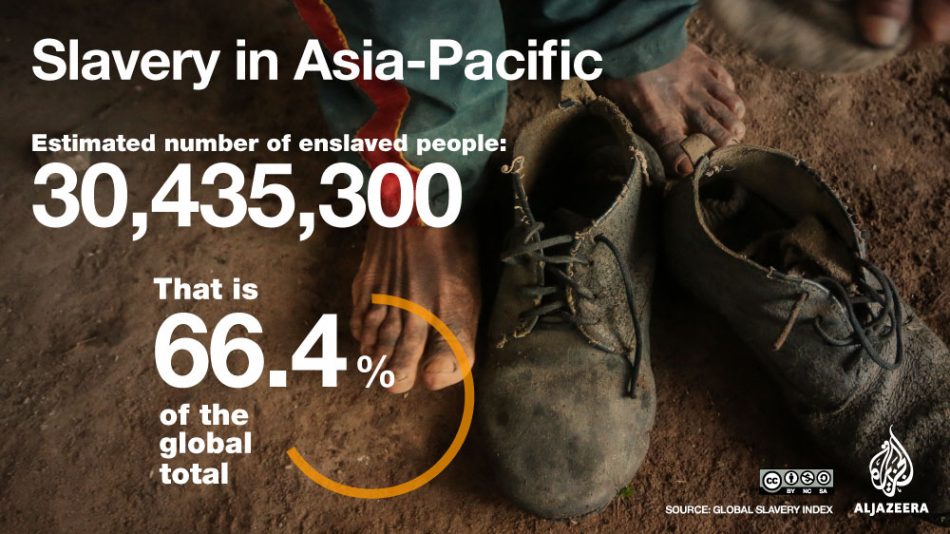
17 Slavery: A Global Investigation (Modern Slavery Documentary) | Real Stories
Back to menu IMPORTANT CONTENT
15 nov. 2017
Slavery is officially banned internationally by all countries, yet despite this, in the world today there are more slaves now than ever before. In the four hundred years of the slave trade around 13 million people were shipped from Africa. Today there are an estimated 27 million slaves – people paid no money, locked away and controlled by violence. Multi-Award winning documentary makers Kate Blewett and Brian Woods – who produced the groundbreaking films The Dying Rooms, Innocents Lost and Eyes of a Child, saw this terrible exploitation with their own eyes. The result is an utterly devastating film.
Want to watch more full-length Documentaries?
Click here: http://bit.ly/1GOzpIu
Content licensed from Digital Rights Group (DRG). Any queries, please contact us at: owned-enquiries@littledotstudios.com
Produced by True Vision
.
18 Modern Day Slavery – Full Episode
Narrated by Academy Award nominated actor David Strathairn and produced by the Foreign Policy Association, each half-hour episode of the Great Decisions documentary series tackles a different challenge facing America today.
Executive Producer: MacDara King
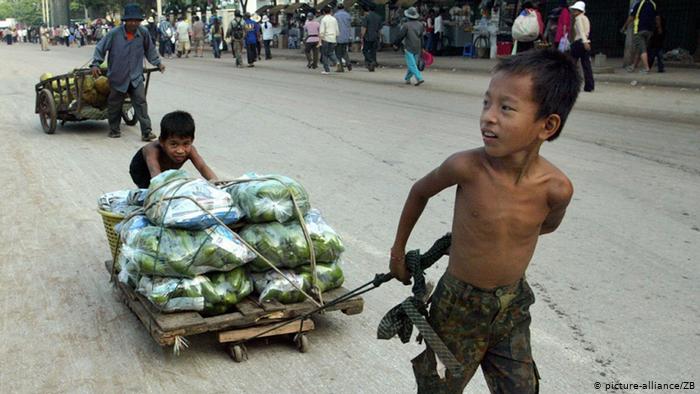
19 Special Report: Exploited: Britain’s Hidden Slaves
24 okt. 2017
20 The college cleaner no-one knew was a slave – BBC News
19 apr. 2018
IMPORTANT CONTENT
3 jan. 2018
22 Modern Slavery is closer than you think: Understanding Modern Slavery and Human Trafficking
28 aug. 2014
23 Slaving Away – Four Corners Documentary HD 2015.mp4
Slaving Away – Four Corners
8 jul. 2016
Slaving away: The dirty secrets behind Australia’s fresh food.
It’s in your fridge and on your table: the fresh food that we take for granted.
But there’s a dirty secret behind it.
Much of it is picked and packed by a hidden army of migrant workers who are ruthlessly exploited.
“There is slave labour in this country.” – Queensland grower
A Four Corners investigation has uncovered gangs of black market workers run by unscrupulous labour hire contractors operating on farms and in factories around the country.
The produce they supply ends up in our major supermarkets and fast food chains.
“Almost every fresh product that you pick up… will have passed through the hands of workers who have been fundamentally exploited.” – Union official
These labour hire contractors prey upon highly vulnerable young foreigners, many with very limited English, who have come to Australia with dreams of working in a fair country.
They’re subjected to brutal working hours, degrading living conditions and the massive underpayment of wages.
Reporter Caro Meldrum-Hanna has obtained undercover footage and on-camera accounts of this dark world. One migrant worker told her:
“I felt like we were going back in time… the way we were being treated was inhumane.”
And another:
“It made me question Australia as a country.”
Female workers are particularly at risk with women coming forward to make allegations of harassment and assault.
From farmers’ fields to factory floors, the program tells the story of those workers who slave away to produce the food we buy and eat on a daily basis.
SLAVING AWAY, reported by Caro Meldrum-Hanna and presented by Kerry O’Brien
24 Trafficked | Officiële trailer
12 nov. 2018
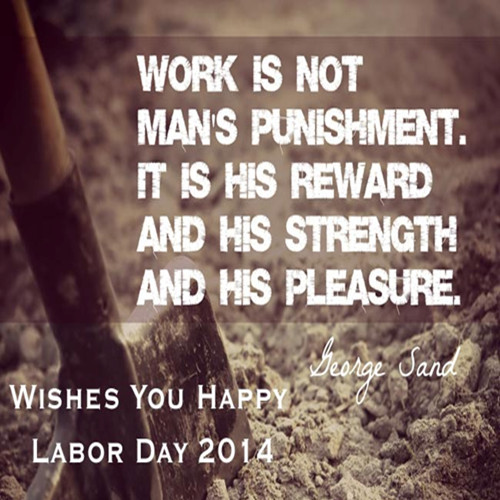
25 Modern slavery of disabled people in South Korea | Unreported World
4 mrt. 2018
26 former sex slave in America tells her story in “Eden”
16 okt. 2013
27 – I was human trafficked for 10 years. We can do more to stop it | Barbara Amaya | TEDxMidAtlantic
20 okt. 2015
28 I was abused as a child bride and this is what I learned | Samra Zafar | TEDxMississauga
1 aug. 2017
SHOCKING CONTENT
29 Fighting forced marriages and honour based abuse | Jasvinder Sanghera | TEDxGöteborg
28 nov. 2013
IMPORTANT CONTENT
22 mei 2018
31 HOW I ESCAPED CHILD MARRIAGE TO BECOME A WOMEN’S RIGHTS ACTIVIST | Mercy Akuot | TEDxKakumaCamp
18 jul. 2018
SHOCKING TO LISTEN TO
32 From ‘devil’s child’ to star ballerina | Michaela DePrince | TEDxAmsterdam 2014 (SIGN LANGUAGE)
28 nov. 2014
33 Corpse In Carpet Prank
28 mrt. 2011
noviceprepper53
5 jaar geleden